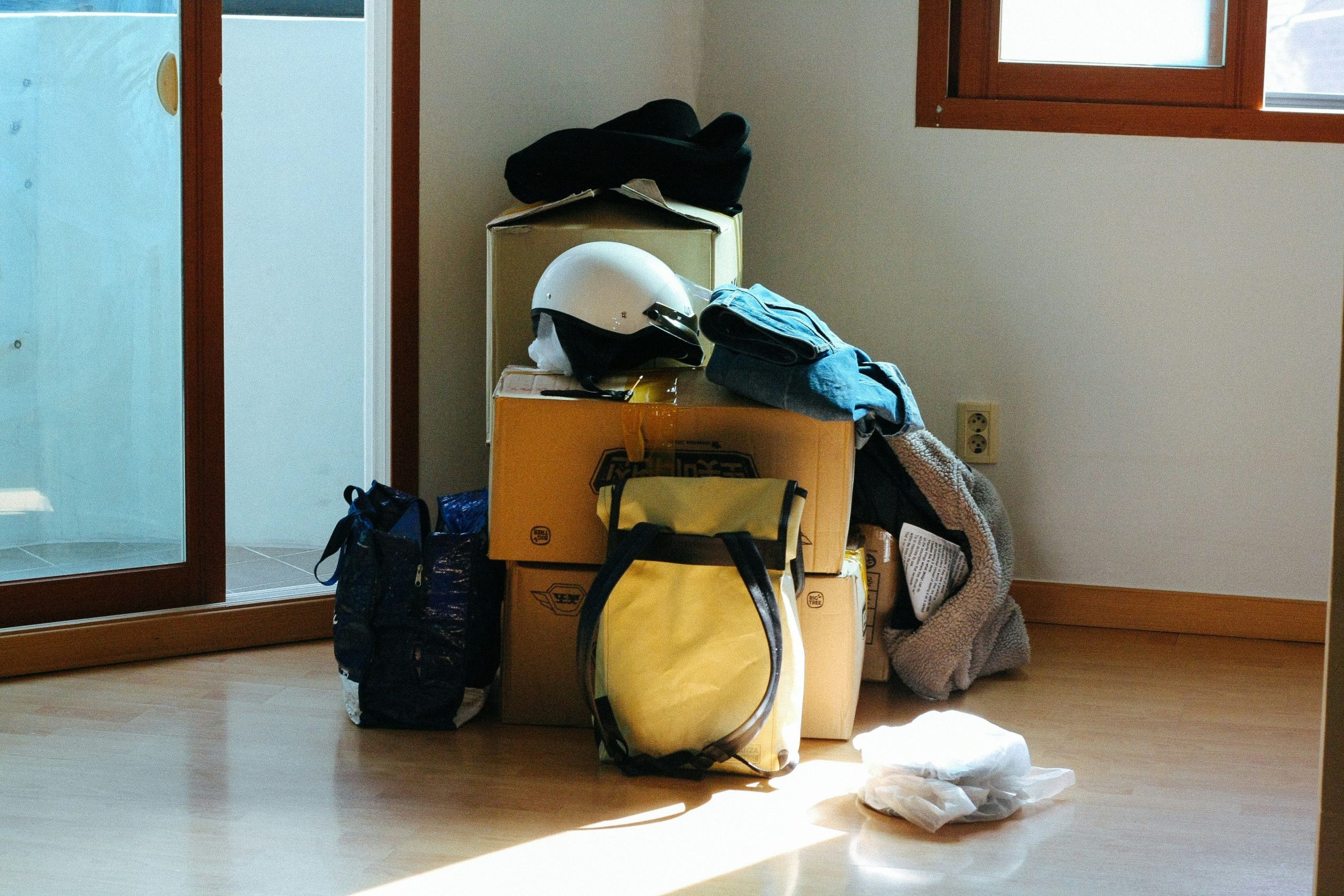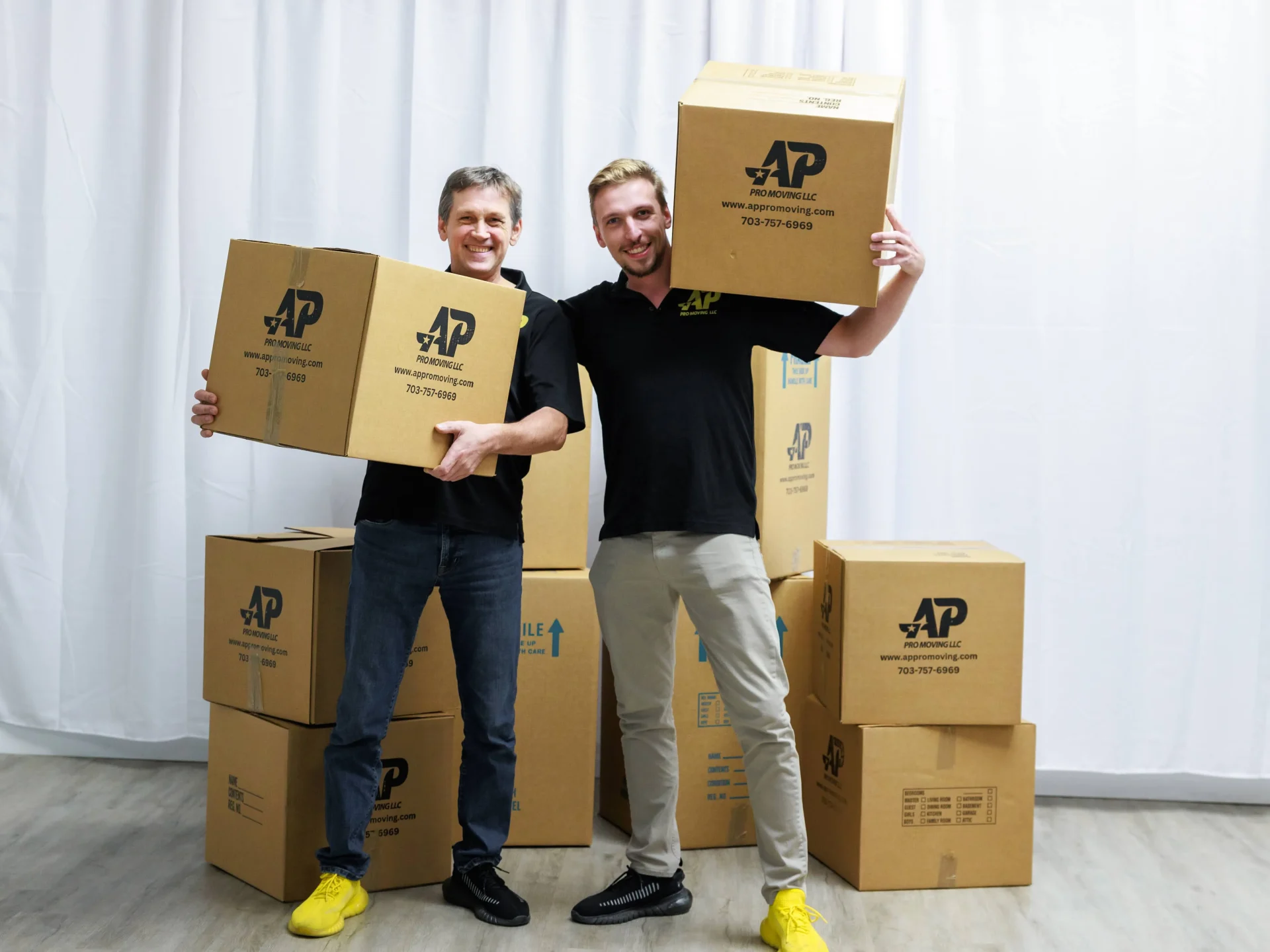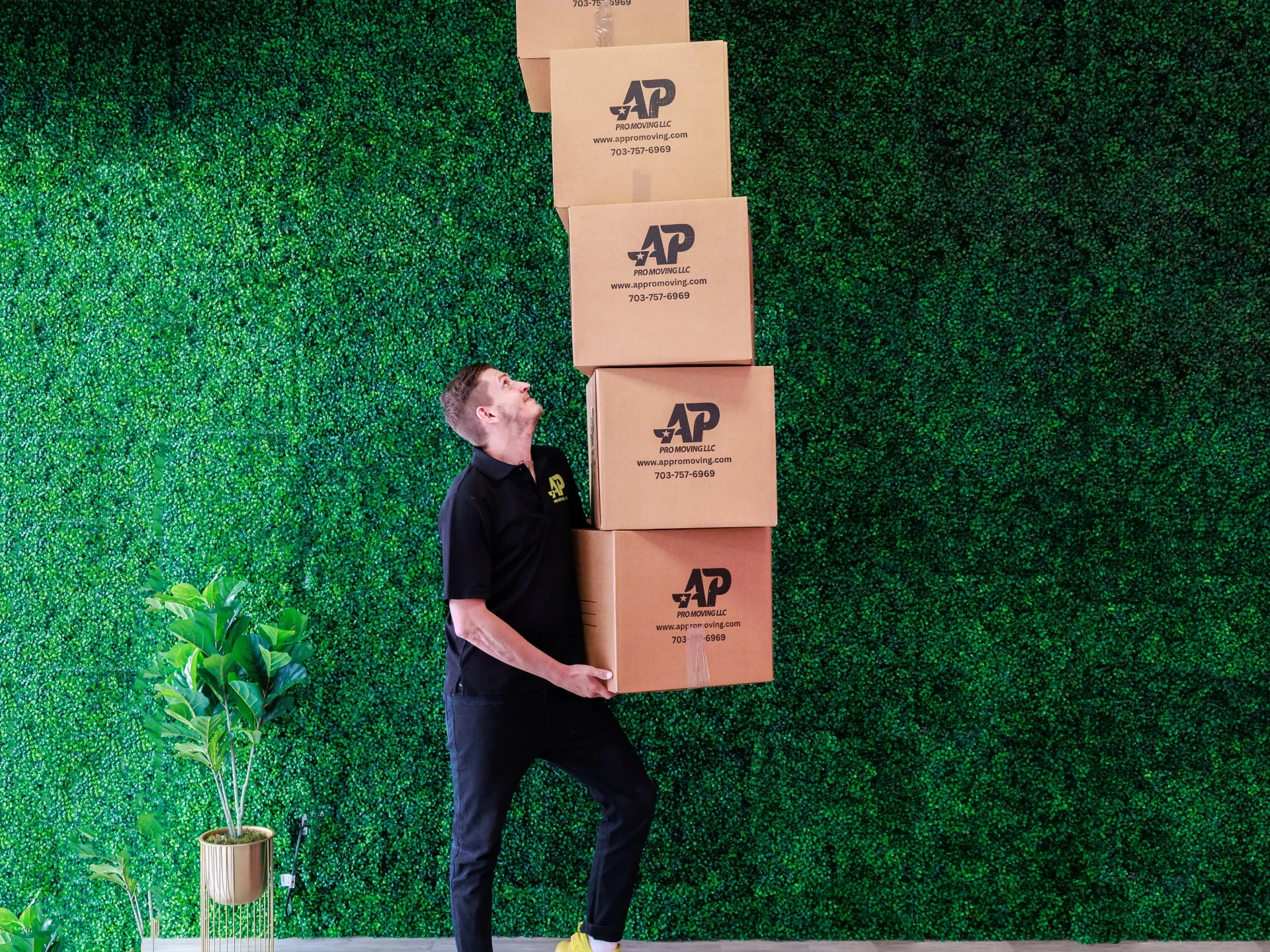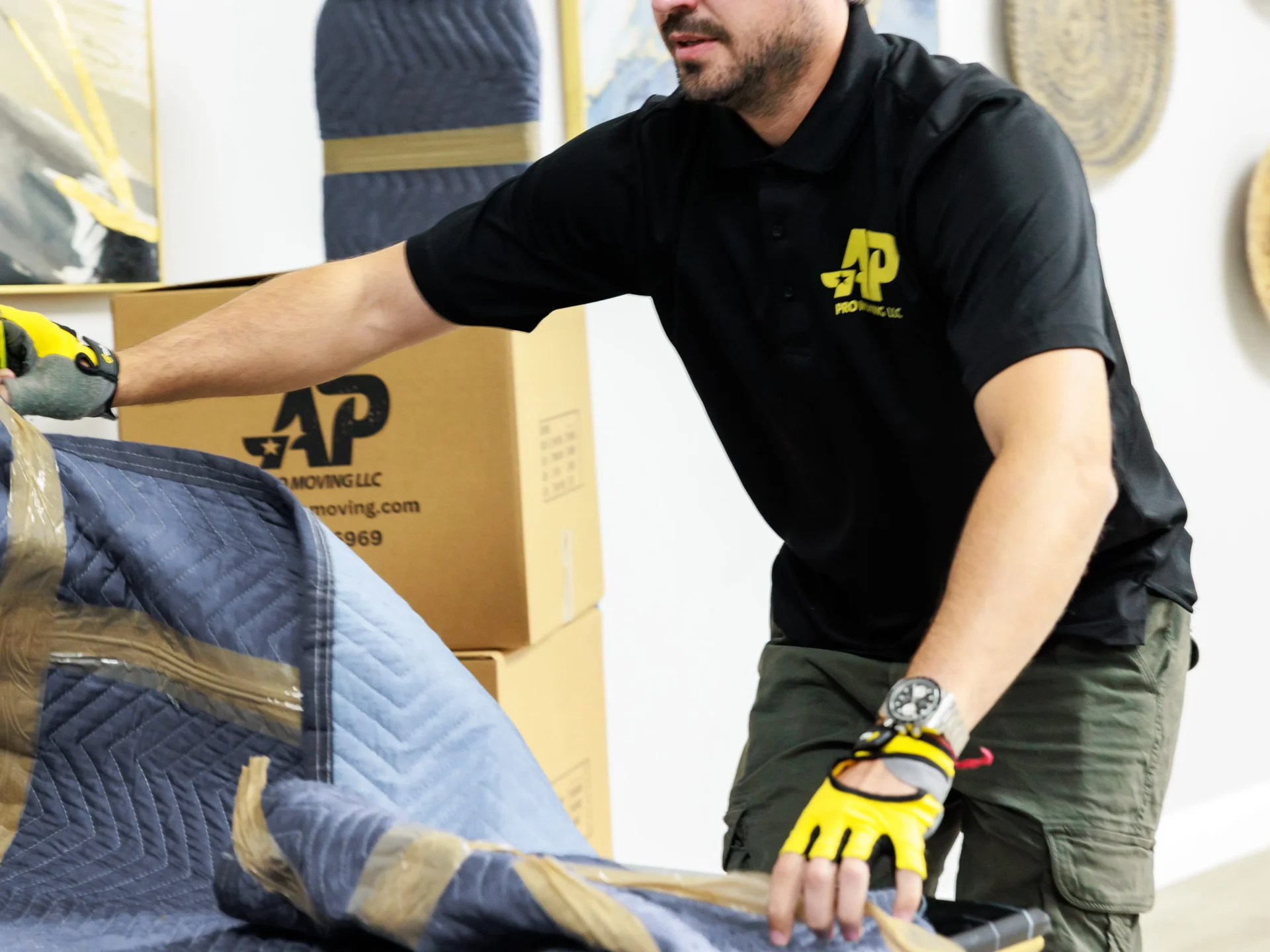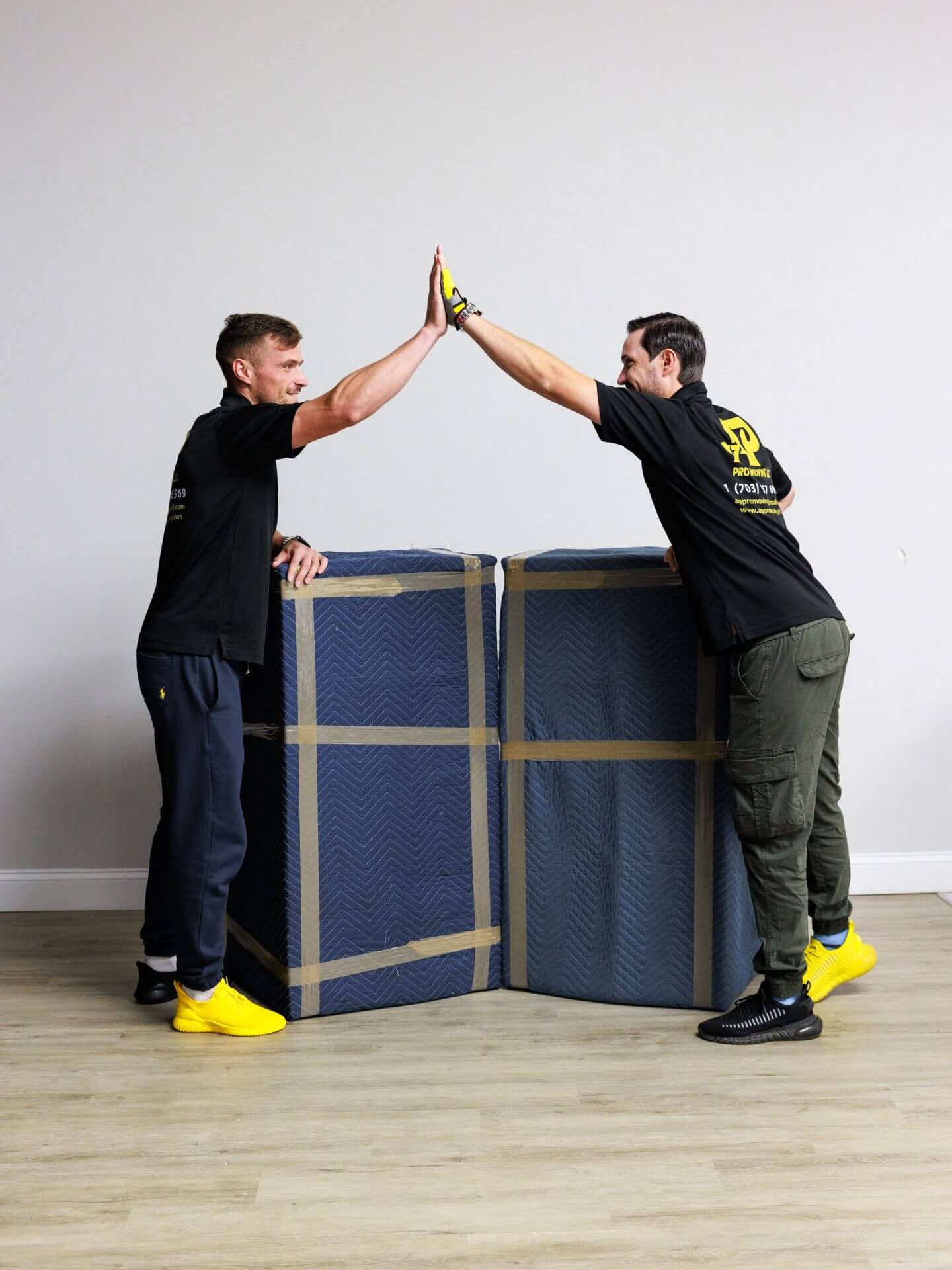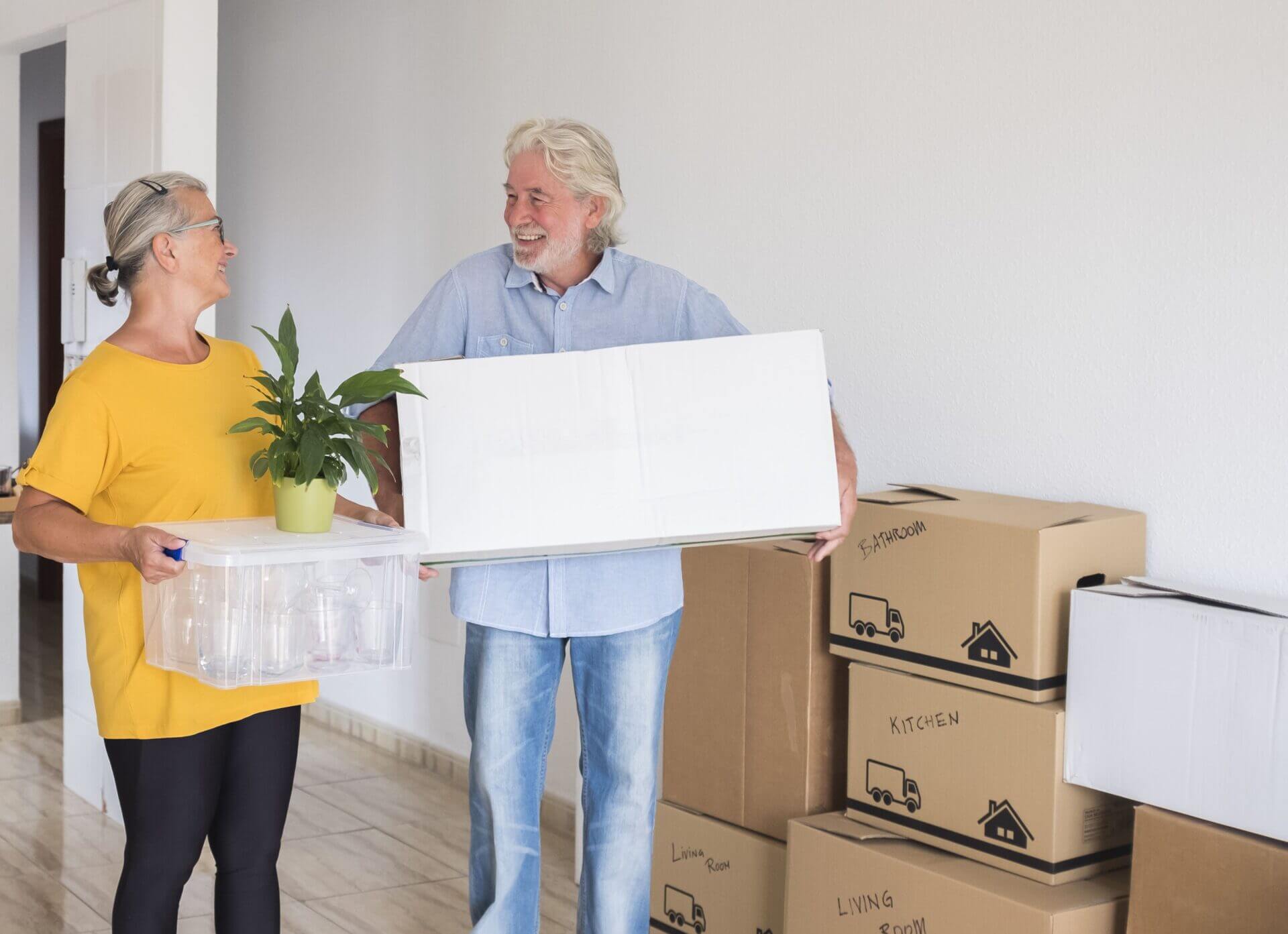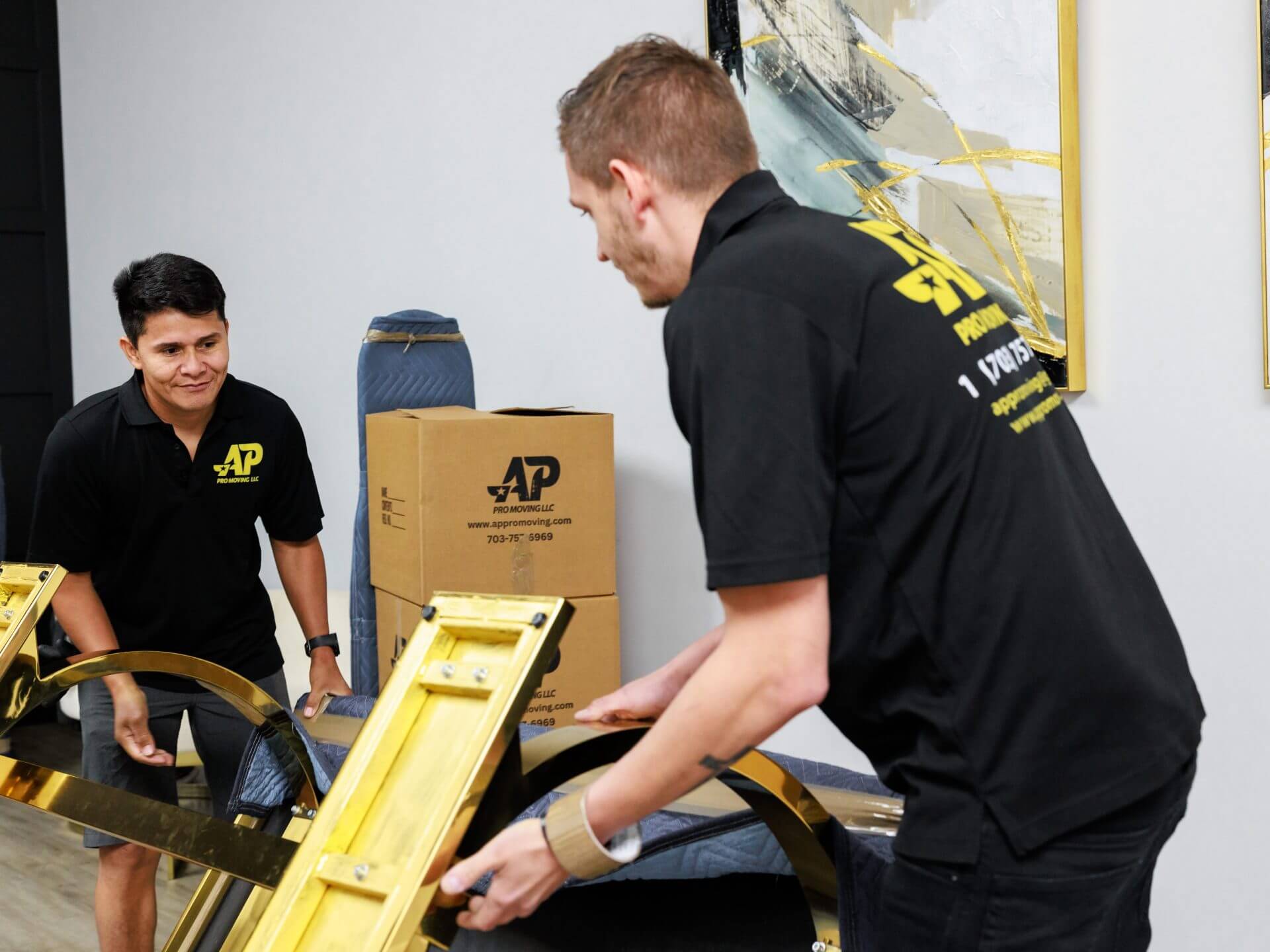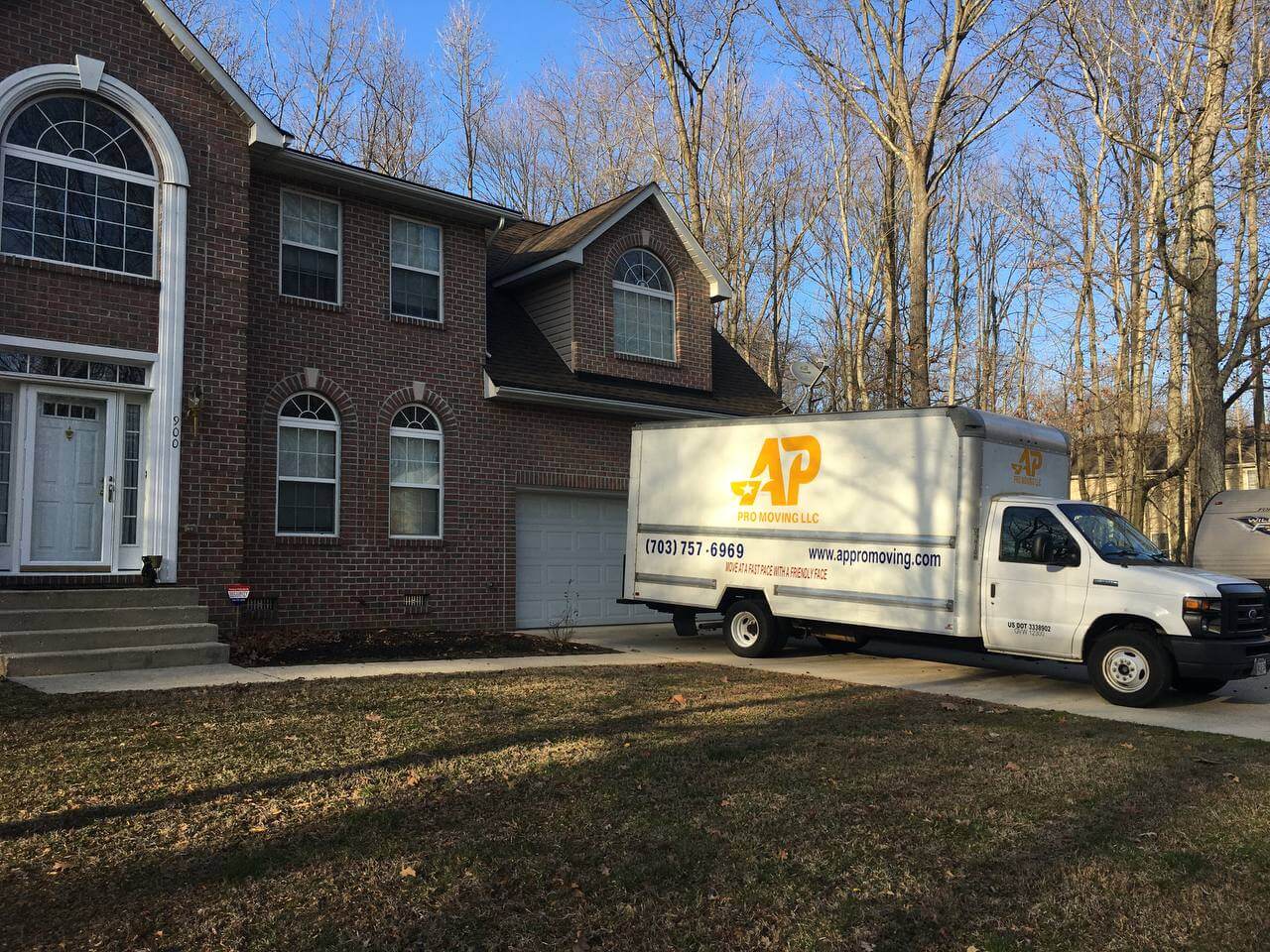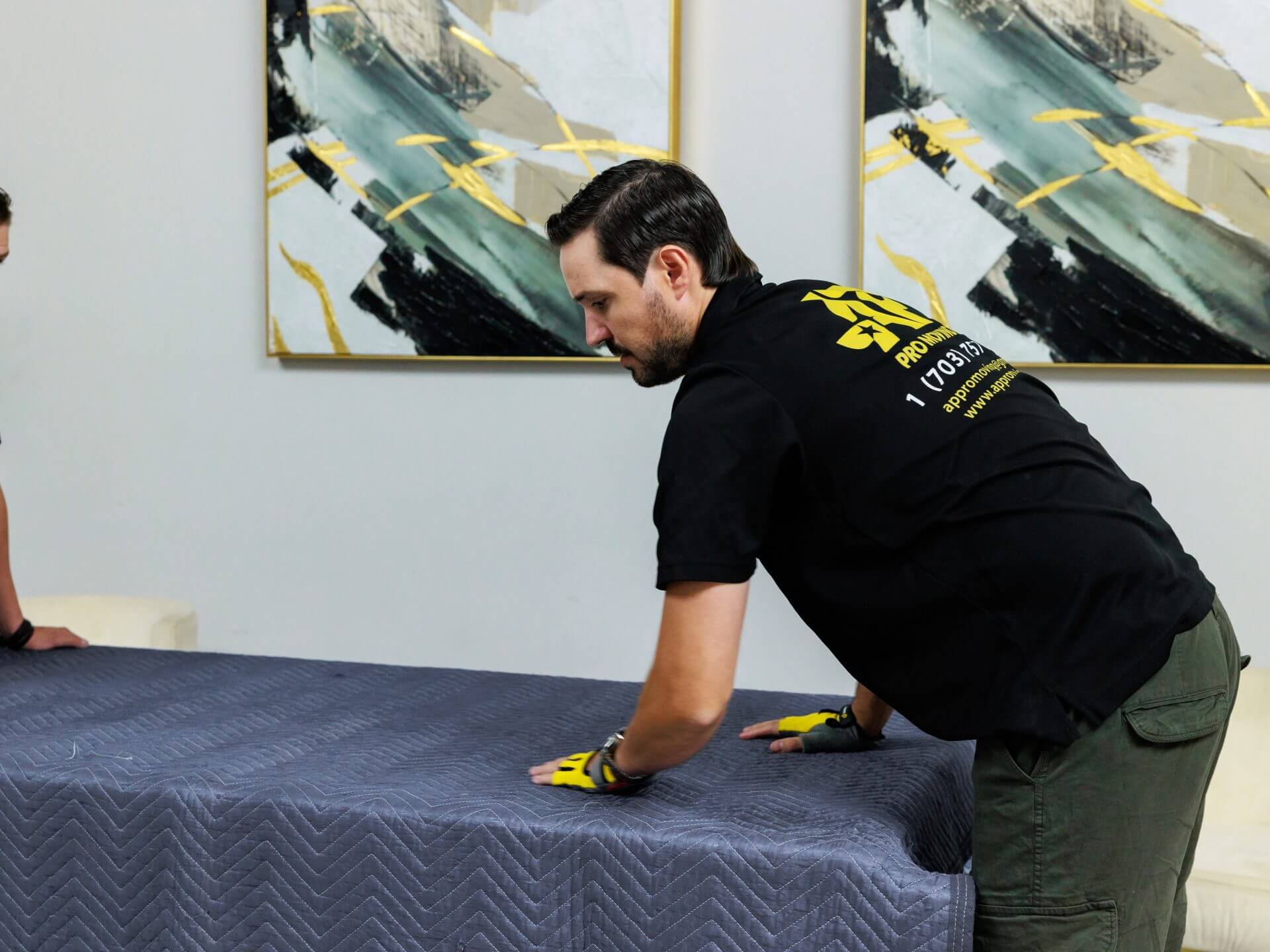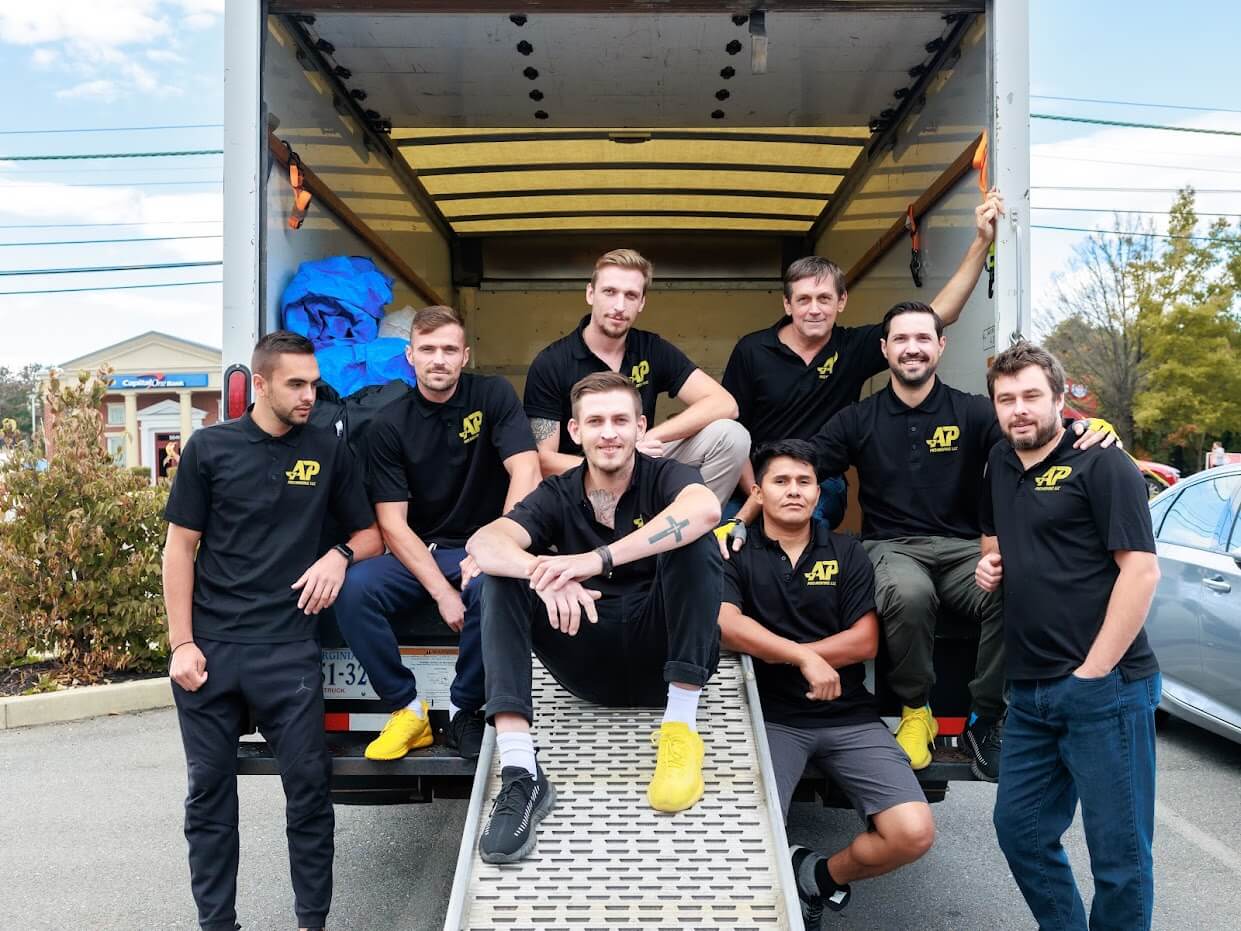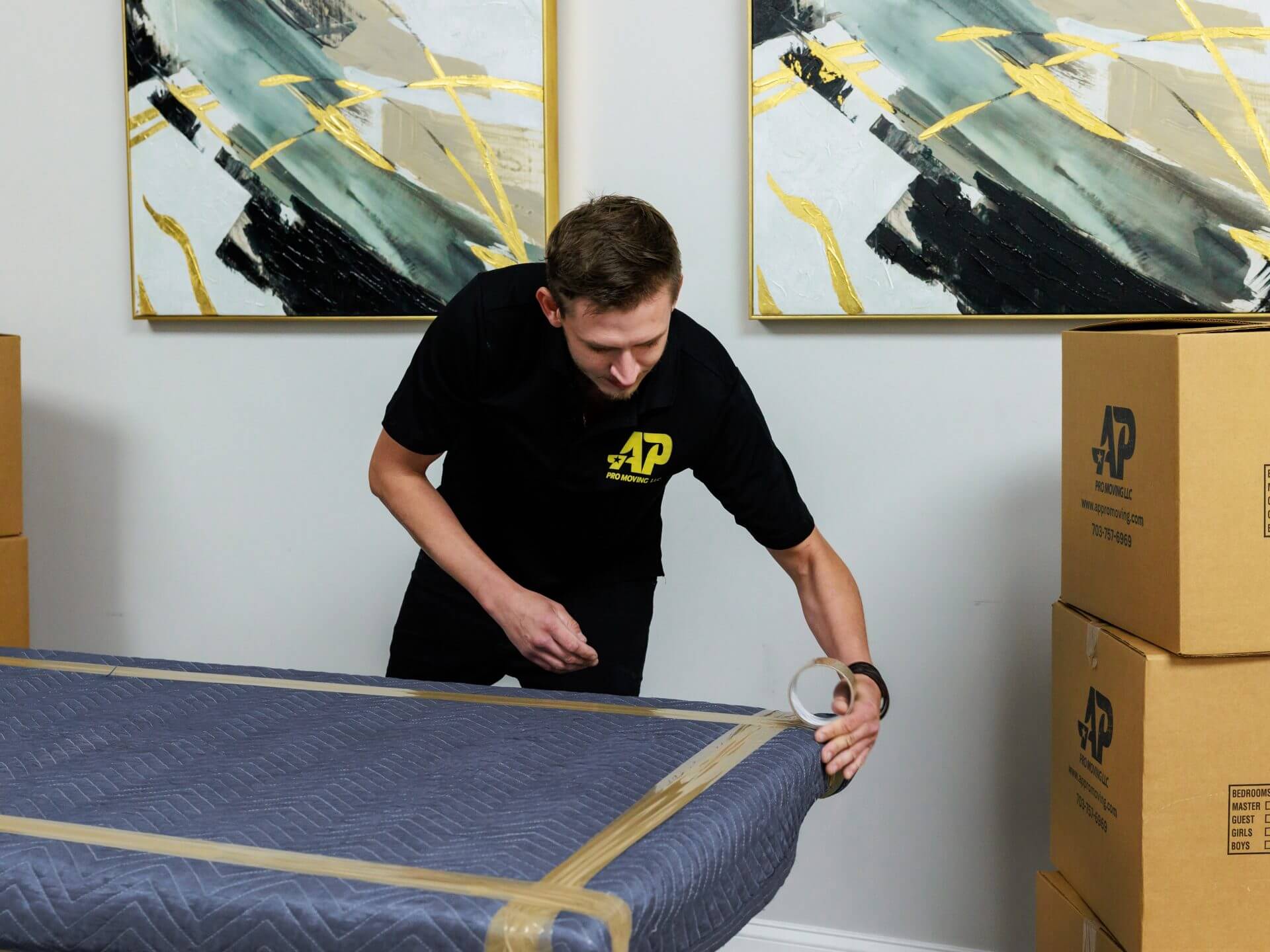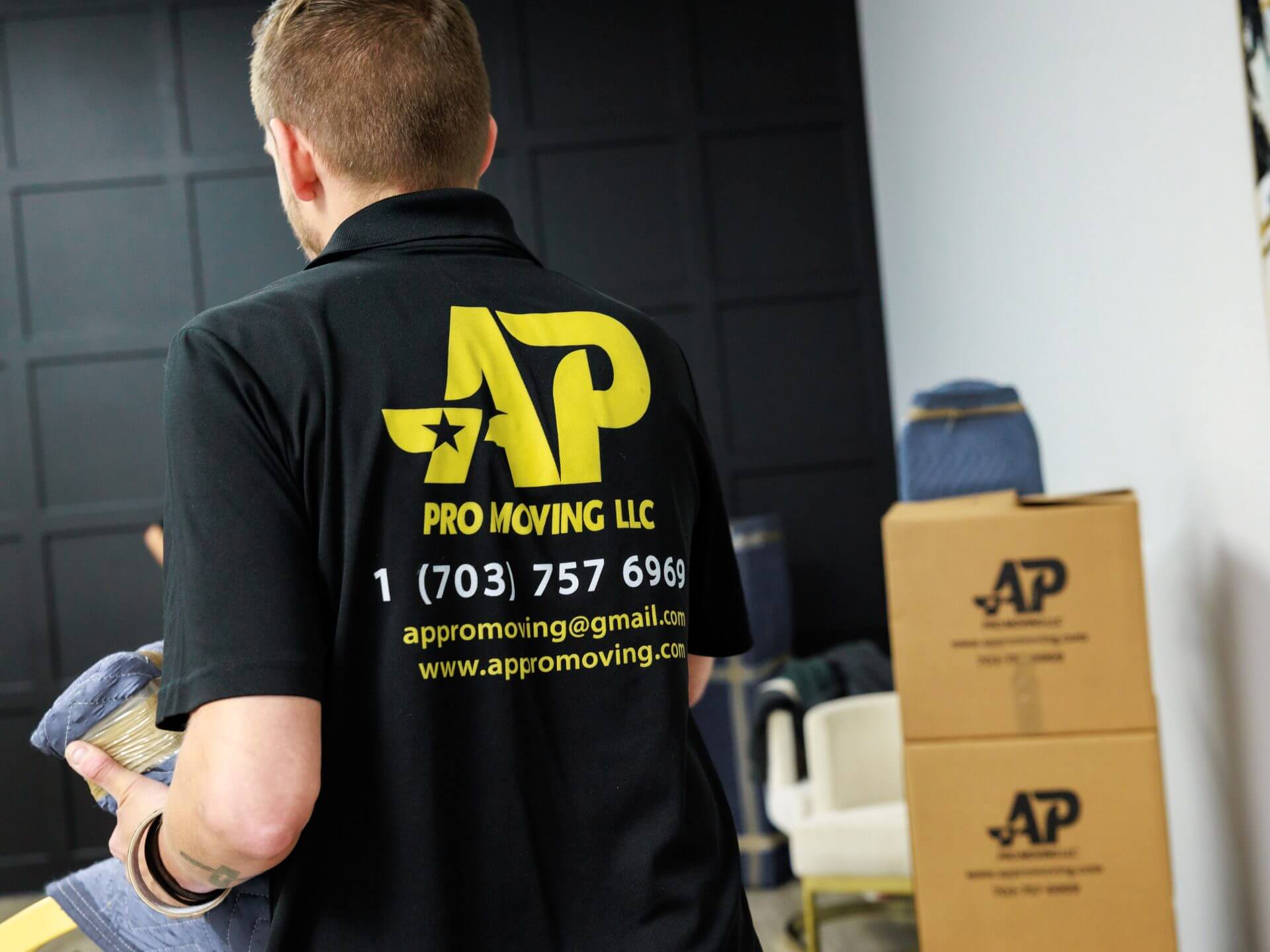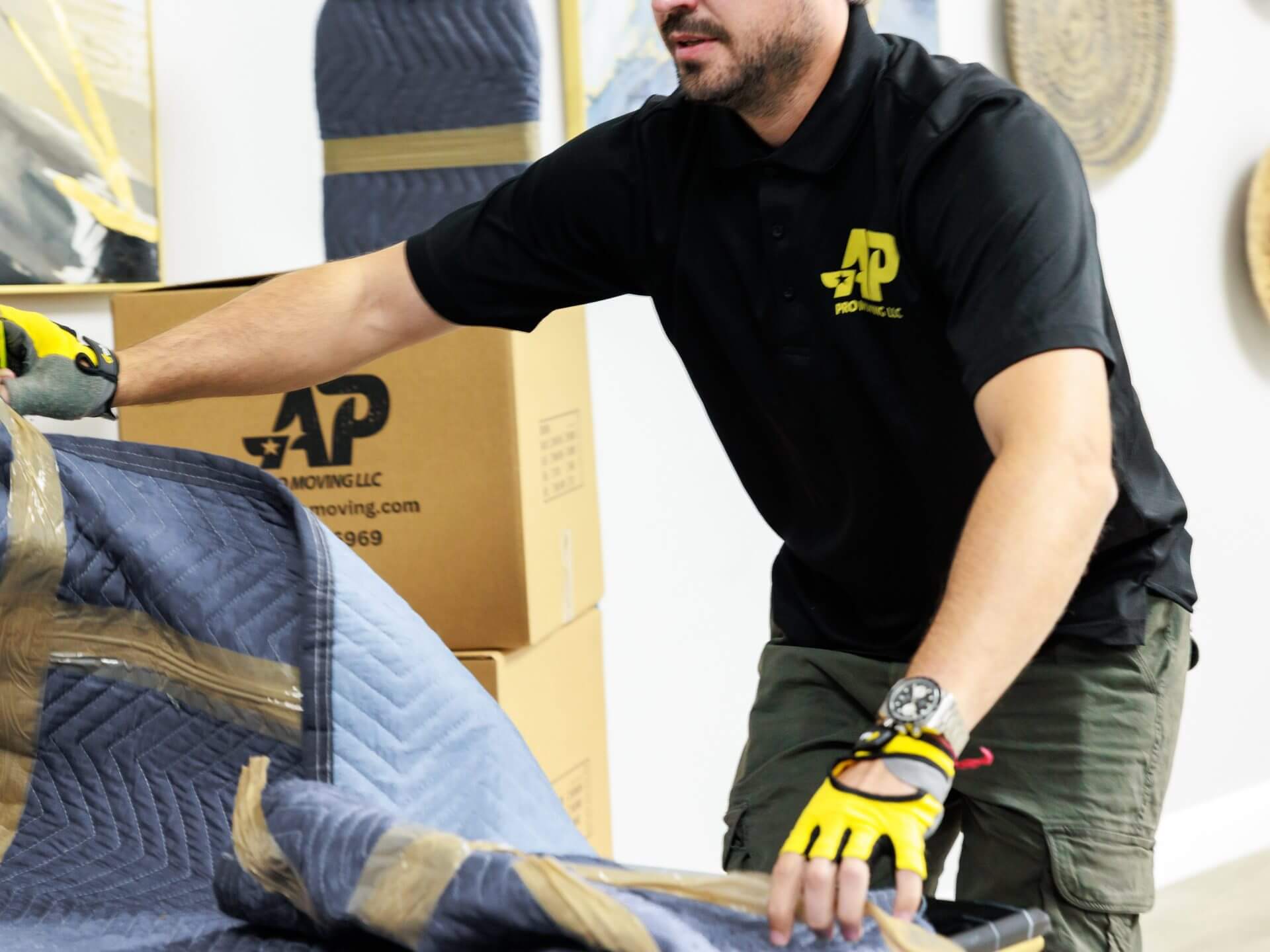Transitioning to a vibrant city lifestyle often means swapping sprawling spaces for cozier quarters. The metamorphosis into your new urban dwelling involves a concept many find challenging yet liberating: downsizing. AP Pro Moving is here to guide you through how to downsize for a move, ensuring you embark on your city adventure with ease and enthusiasm. Let’s dive into the nitty-gritty of transforming your move into an opportunity for growth and renewal.
Table of Contents
Embrace the Philosophy of Less is More
Downsizing isn’t just a physical process; it’s a mental shift towards minimalism. Begin this journey by:
- Reflecting on Possessions: Contemplate the purpose and joy each item brings. If it hasn’t been used in a year, it’s likely not essential.
- Strategize Decluttering: Use systematic methods like the Three-Box Method mentioned earlier to sort through your belongings. This technique prevents decision fatigue and helps maintain momentum.
- Aspirational Clutter: Be honest about the items around you—are they for the life you live or the one you envision? Keep only what aligns with your current lifestyle.

Digitize to Downsize
In an era where information is mainly digital, there’s little reason to lug around physical copies of documents or media. Here’s how going digital aids your downsizing:
- Paper Clutter: Scan important documents and shred the rest. This step significantly decreases the volume of items to move.
- Media Files: Convert VHS tapes, DVDs, and CDs into digital formats. This modernization will save physical space and reduce the risk of damage to your cherished memories.
The Art of Furniture and Space Planning
Furniture can be the bulkiest challenge in a move. To tackle this:
- Assess and Measure: Ensure all furniture pieces have a place in your future home. Sell or donate what doesn’t fit.
- Multifunctional Solutions: Invest in furniture that serves multiple purposes and complements your lifestyle.
- Vertical Space Utilization: Shelves, wall-mounted desks, and tall storage units can transform dead wall space into functional storage areas.
Timing Is Key
Allowing sufficient time for the downsizing process can greatly reduce stress. Here’s why:
- Methodical Approach: With time on your side, you can assess items carefully and make sound decisions on what to keep.
- Emotional Processing: Time allows you to reminisce and part with items emotionally before physically removing them from your life.
A Closer Look at Decluttering Tips and Tricks
Downsizing your home is not just about reducing the number of belongings, but also about preparing for a downsizing move in a way that promotes efficiency and tranquility in your new space. Here are more in-depth tips to enrich the process:
- One Room at a Time: Start with one area and complete it before moving on. This approach gives you a sense of accomplishment and sets the pace for the rest of the home.
- Duplicate Dilemmas: In the kitchen and elsewhere, identify duplicates. Do you need three spatulas or ten coffee mugs? Keep the best and donate the rest.
- Sentimental Sorting: For items with sentimental value, consider creating a memory box or a digital photo album to preserve memories without physical clutter.

Navigating Emotional Attachments
Honor the emotional journeys tied to your belongings by:
- Telling Their Stories: Write down the significance of items before you let them go. This honors their place in your life and facilitates detachment.
- Selective Sharing: Pass on special pieces to friends or family members who will appreciate and use them.
Downsizing for a Long-Distance Move
Long-distance moves amplify the need for downsizing. Consider these factors:
- Transportation Costs: The more you move, the more it costs. Keep your inventory lean to save on moving expenses.
- New Beginnings: Use the move as a chance to redefine your lifestyle. What works “back home” may not suit your new city life.
Rehoming Unwanted Items
Our responsibility to the environment compels us to find sustainable ways to dispose of our possessions:
- Eco-Friendly Disposal: Look for recycling programs for electronics and other specific materials.
- Community Engagement: Donate items to shelters, community centers, or local nonprofits that can put them to good use.
Secure an Economical Relocation with AP Pro Moving
Planning to relocate without breaking the bank? AP Pro Moving stands ready to offer you cost-effective moving solutions without cutting corners on service quality. Our team, rich in moving expertise, provides a variety of adaptable services designed to align with your budget, ensuring a cost-saving approach and seamless entry into your new urban life.
For detailed information on our offerings or to request a no-cost estimate, please get in touch with us at [email protected] or call +1 (703) 757-6969. Utilize our sustainable reusable moving crates and join us in planning a move that’s financially savvy and eco-conscious.

Final Thoughts
Downsizing for a city move is more than just a task; it’s a transformative life event. It empowers you to shed the excess, to find freedom in simplicity, and to embark on your city life with just the essentials that reflect your true self. With AP Pro Moving, you’ll navigate this journey with the insight and support needed to start fresh and thrive in your new urban home, learning that indeed, less can be so much more.



